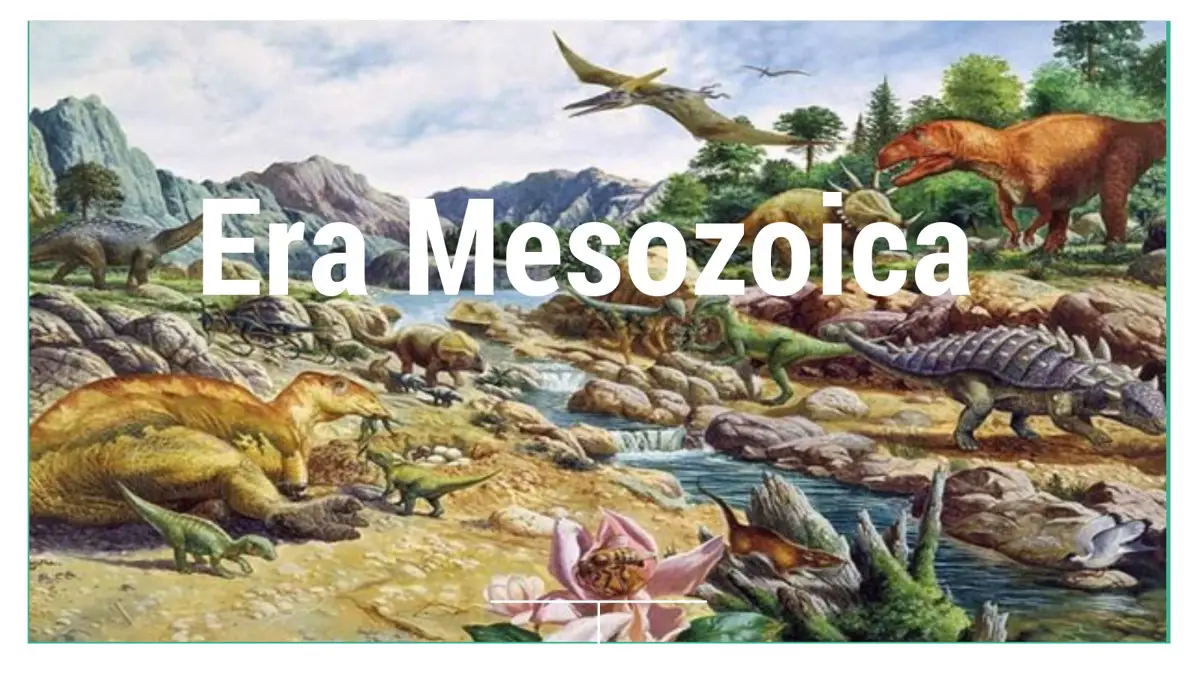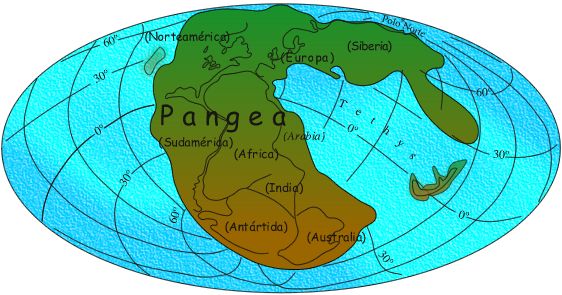

The common use of epochs during the Cenozoic helps paleontologists better organize and group the many significant events that occurred during this comparatively short interval of time. In 2004, the Tertiary Period was officially replaced by the Paleogene and Neogene Periods. The Quaternary Period was officially recognized by the International Commission on Stratigraphy in June 2009. The Cenozoic is divided into three periods: the Paleogene, Neogene, and Quaternary and seven epochs: the Paleocene, Eocene, Oligocene, Miocene, Pliocene, Pleistocene, and Holocene. 'new life') is comparable to the preceding Mesozoic ('middle life') and Paleozoic ('old life') Eras, as well as to the Proterozoic ('earlier life') Eon. The era is also known as the Cænozoic, Caenozoic, or Cainozoic ( / ˌ k aɪ. The name was proposed in 1840 by the British geologist John Phillips (1800–1874), who originally spelled it Kainozoic. The Earth's climate had begun a drying and cooling trend, culminating in the glaciations of the Pleistocene Epoch, and partially offset by the Paleocene-Eocene Thermal Maximum.Ĭenozoic derives from the Greek words kainós ( καινός 'new') and zōḗ ( ζωή 'life').

The continents also moved into their current positions during this era. The extinction of many groups allowed mammals and birds to greatly diversify so that large mammals and birds dominated the Earth. The Cenozoic is also known as the Age of Mammals because the terrestrial animals that dominated both hemispheres were mammals – the eutherians (placentals) in the northern hemisphere and the metatherians (marsupials, now mainly restricted to Australia) in the southern hemisphere. It started with the Cretaceous–Paleogene extinction event, when many species, including the non-avian dinosaurs, became extinct in an event attributed by most experts to the impact of a large asteroid or other celestial body, the Chicxulub impactor. It is the latest of three geological eras since complex life evolved, preceded by the Mesozoic and Paleozoic.

It is characterized by the dominance of mammals, birds and flowering plants, a cooling and drying climate, and the current configuration of continents. 'new life') is Earth's current geological era, representing the last 66 million years of Earth's history.


 0 kommentar(er)
0 kommentar(er)
